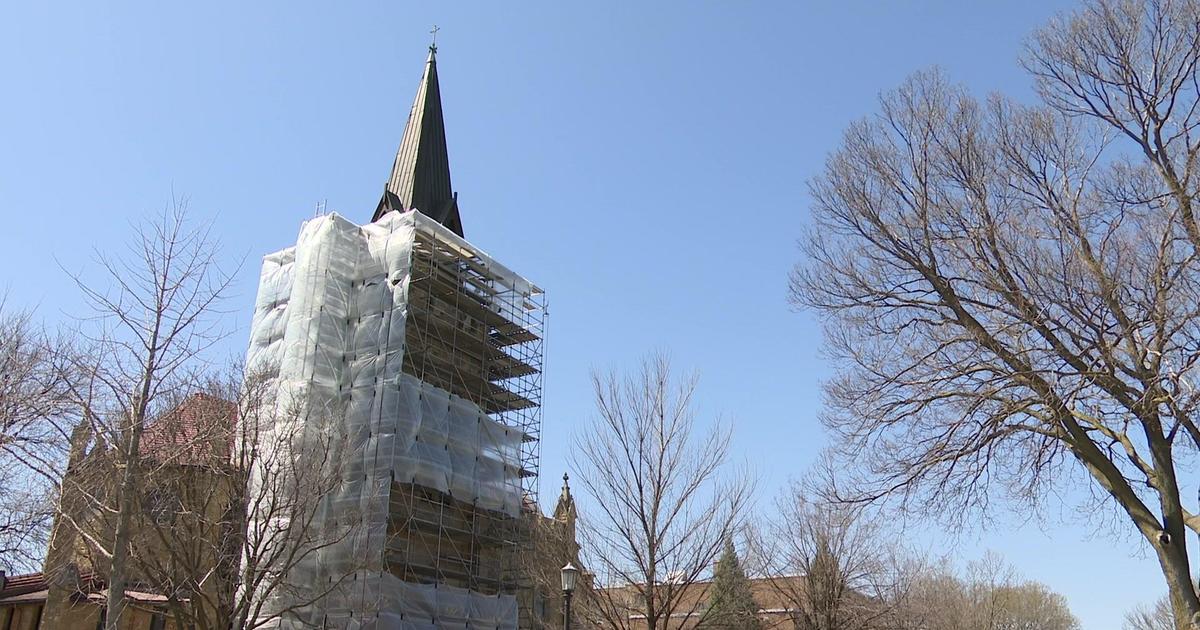DNR: Polymet Environmental Impact Statement Meets State Standards
MINNEAPOLIS (AP/WCCO) -- The Department of Natural Resources announced Thursday that it has approved the final environmental review for Minnesota's first copper-nickel mine.
DNR Commissioner Tom Landwehr certified that the 3,500-page environmental impact statement for the proposed PolyMet mine in northeastern Minnesota meets all the legal requirements.
"It's extraordinary," Landwehr said. "There's not been a level of environmental review -- not anything in Minnesota that I'm aware of -- that matches this."
Approval lets PolyMet Mining Corp. start applying for the permits it needs to build the mine near Babbitt and processing operations six miles away near Hoyt Lakes, at the site of the former LTV Steel taconite plant, which has been closed since 2001.
The company and its backers have promoted the project as a boon to the economically depressed Iron Range. More than 2,000 workers have been laid off from Minnesota's iron mining companies in the past year, while the governor's office estimates that more than 3,000 other people have lost jobs at companies that serve the industry.
"I will assert that we've done an extraordinary amount of work to analyze this project, consider all of the different perspectives, and I stand by the conclusions and the foundation of this report," Landwehr said.
But environmental groups consider PolyMet a threat to nearby pristine areas and water supplies. They're expected to keep up their fight throughout the permitting process and quite possibly in the courts as well. PolyMet's experience is expected to set the pattern for approval of future copper-nickel-precious-metal mines in northeastern Minnesota, including the proposed Twin Metals mine near Ely, which would be close to the Boundary Waters Canoe Area.
"We think it's a little bit disturbing that they're so cavalier with saying that because they've completed this process that it necessarily follows that they will approve this project," Friends of the Boundary Waters representative Aaron Klemz said. "We think there are a ton of issues that need to be discussed."
PolyMet began its initial environmental work in 2004. But the original EIS, which was released in 2009, drew a poor review from the U.S. Environmental Protection Agency. The project was then extensively redesigned to address water quality, waste rock disposal and other concerns. The DNR issued a revised environmental impact survey in 2013 and conducted a public comment process that shaped the final version, which was released in November.
The company says the project will directly generate up to 500 temporary construction jobs and about 360 permanent jobs that will pay about $36 million in annual wages and benefits, as well as support hundreds of jobs indirectly. PolyMet says it hopes to start mining in late 2018, which might be optimistic. The company acknowledges it has little control over the permitting timetable.
Environmentalists point out that the area's extensive and untapped copper-nickel reserves are locked up in sulfide-bearing minerals that can leach sulfuric acid and metals when exposed to the elements. A major battleground during the permitting process will be whether PolyMet can provide adequate bankruptcy-proof financial assurances to cover the costs of cleaning up the mine once it shuts down after its projected 20-year life. The environmental impact survey concluded that wastewater from the mine and plant sites will require treatment indefinitely.
Two federal agencies still have to sign off on their pieces of the environmental review process but neither step is expected to pose a major hurdle.
The U.S. Forest Service would still have to give final approval to an exchange of 6,650 acres of federal land in the Superior National Forest that PolyMet needs for roughly the same amount of privately owned land within the forest. The Forest Service would allow some timber harvesting on the land it receives, but most of the acres would be left undeveloped and would be open for public use. The Army Corps of Engineers would also have to approve the project because it would result in the loss of over 900 acres of wetlands, so compensation would be required, mainly by creating replacement wetlands elsewhere.
(TM and © Copyright 2016 CBS Radio Inc. and its relevant subsidiaries. CBS RADIO and EYE Logo TM and Copyright 2016 CBS Broadcasting Inc. Used under license. All Rights Reserved.This material may not be published, broadcast, rewritten, or redistributed. The Associated Press contributed to this report.)



